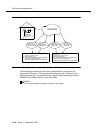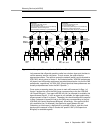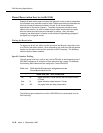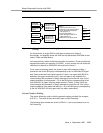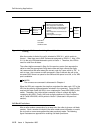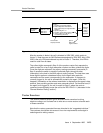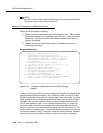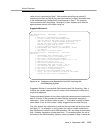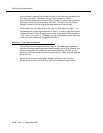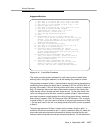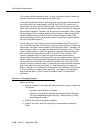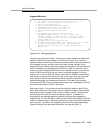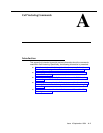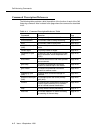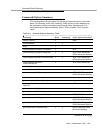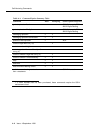
Call Vectoring Applications
11-26 Issue 4 September 1995
announcement
command first informs the caller of the input error and then invites
the caller to try again. Thereafter, the
goto step
command in Step 5
unconditionally sends control back to Step 2, where the
collect digits
command
ultimately collects the digit entered by the caller. The digit-input loop (Steps 2
through 5) continues for as long as the caller enters an incorrect digit.
On the other hand, let’s assume that the caller correctly enters the digit ‘‘1’’ as
requested by the
collect digits
command in Step 2. In such a case, the
route-to
number
command in Step 3 sends control to the vector whose VDN extension is
‘‘1031’’ (that is, to Vector 31). Thereafter, the call is processed almost identically
to the procedure explained in Suggested Solution 1.
Exercise 2: Late Caller Treatment
Your customer’s ACD is staffed by union agents. The latest union agreement
stipulates that these agents are free to leave promptly at 5:00 P.M. However, you
are concerned about the callers who will call shortly before 5:00 P.M. on any
given day and find themselves waiting in queue (and, in effect, ignored) after the
top of the hour.
Write a vector that warns late callers that their call may not be serviced.
(Business hours are from 8:00 A.M. to 5:00 P.M., Monday through Friday.)



